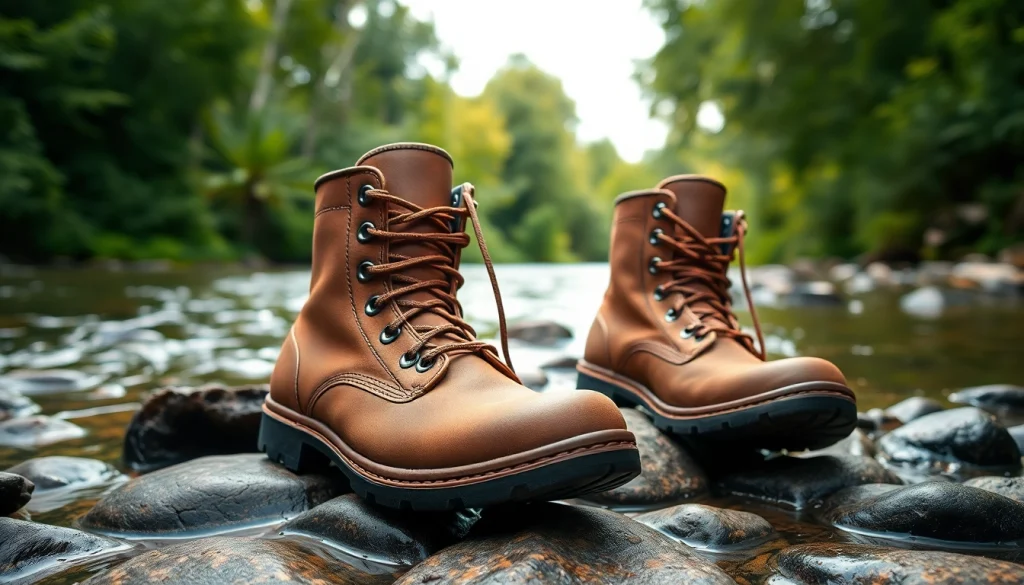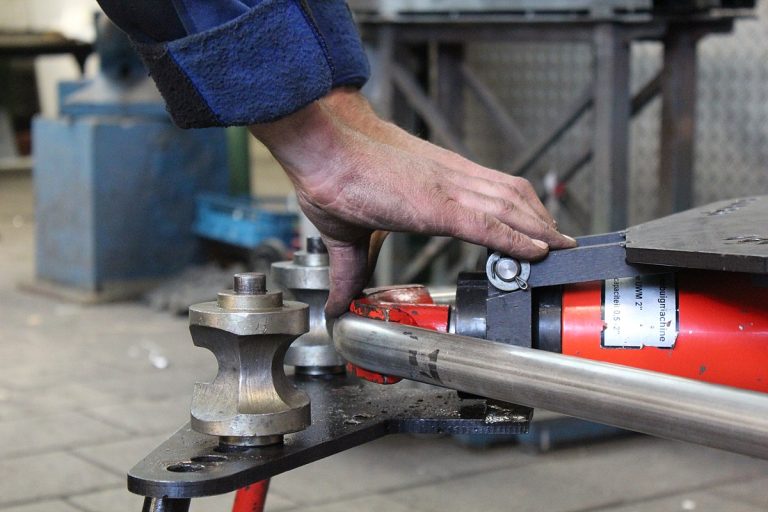
Understanding the Importance of Fly Fishing Boots
Every avid angler knows that selecting the right gear is essential for an enjoyable fishing experience. Among these essentials, Fly fishing boots play a pivotal role. They provide both protection and comfort while navigating through streams, rivers, or lakes. This guide delves into the significance of quality footwear in fly fishing, helping you understand why investing in the right pair is crucial for your adventures.
Why Quality Matters
Quality should be the cornerstone of your search for fly fishing boots. These boots are not merely footwear; they are your interface with the riverbed. High-quality boots are engineered with specific materials and technologies that enhance performance and safety. For instance, premium boots offer enhanced grip and traction on slippery rocks, which significantly reduces the risk of accidents. Investing in well-constructed footwear can mean the difference between an enjoyable fishing day and a trip to the emergency room.
The Role of Comfort and Fit
Comfort cannot be overstated when it comes to fly fishing boots. You may find yourself standing for hours waiting for the perfect catch, so a comfortable fit is essential. Ill-fitting boots can lead to blisters, sore feet, and fatigue, detracting from your fishing experience. Opting for boots with adjustable features, like lacing systems and straps, helps ensure a snug fit. Remember, the better the fit, the more stationary you can be in the water, allowing you to focus on fishing instead of discomfort.
Materials That Make a Difference
Various materials are utilized in the construction of fly fishing boots, each offering different advantages. For instance, some boots are made from synthetic materials that provide durability and a lighter weight, while others may utilize neoprene for insulation in cold environments. Paying attention to the materials can help in selecting boots that are not only rugged but also breathable and quick-drying, ensuring your feet stay dry and comfortable during long fishing sessions.
Types of Fly Fishing Boots Available
Understanding the types of fly fishing boots available in the market is essential for making an informed purchase. There are specialized designs for wading and others meant for casual fishing, each serving distinct purposes.
Wading Boots vs. Casual Fishing Boots
Wading boots are specifically designed to be worn in the water. These boots often have reinforced zones to withstand rocks and debris while providing good ankle support. In contrast, casual fishing boots may prioritize comfort and style over technical features, making them more suitable for shore fishing or light wading. When you’re looking to wade into deeper waters, the advantages of specialized wading boots become apparent as they protect your feet and enhance your overall stability.
Evaluating Sole Types: Rubber vs. Felt
The choice between rubber and felt soles in fly fishing boots greatly impacts performance. Rubber soles are known for their versatility and are perfect for varied terrain, providing excellent traction on slimy rocks. Meanwhile, felt soles excel in gripping wet surfaces, making them ideal for riverbeds. However, regional regulations sometimes restrict the use of felt due to concerns about invasive species transmission. Understanding the pros and cons of each type of sole can help tailor your choice to your specific fishing conditions.
Features to Look for in Fly Fishing Boots
When selecting fly fishing boots, there are several features to consider. Here are some key points to think about:
- Drainage: Look for boots with drainage ports to facilitate quick water expulsion and reduce the boots’ overall weight.
- Support: Quality ankle support is crucial, especially if you’re traversing uneven terrain. Boots with a high ankle design offer additional support.
- Weight: Lightweight boots reduce fatigue, enabling longer fishing periods without discomfort.
- Insulation: If you plan to fish in colder climates, consider boots with insulating properties to keep your feet warm.
How to Choose Fly Fishing Boots Based on Conditions
Choosing the right boots based on the conditions you’ll face can enhance your fishing experience significantly. Here’s a breakdown of how to select the appropriate footwear based on environmental factors.
Boots for Warm Weather Fishing
In warmer climates, look for breathable materials such as mesh panels or light synthetic fabrics. This will promote airflow, preventing your feet from overheating. A good drainage system is also vital so water that enters the boot can escape, keeping your feet dry and comfortable over prolonged periods.
Gear for Cold Weather Trudging
When fishing in colder environments, insulation becomes a primary concern. Opt for boots lined with neoprene or other insulating materials, which will help retain heat. Additionally, ensure that the sole offers good traction on slippery surfaces, as cold water can lead to icy conditions that increase the risk of slips and falls.
Boot Selection for Busy Riverbeds
Fishing in busy riverbeds often means encountering varied terrain that demands reliable support and grip. Aish lightweight yet sturdy wading boots with aggressive soles will offer the necessary traction on rocky surfaces. You should also look for reinforced toe caps to protect against accidental stubs or scrapes on underwater rocks.
Maintenance Tips for Longevity of Fly Fishing Boots
Proper maintenance can significantly prolong the lifespan of your fly fishing boots. Below are some maintenance tips to keep them in excellent condition.
Cleaning and Drying Best Practices
After each fishing trip, it is important to clean your boots to remove any mud, sand, or debris. Use a brush with soft bristles, ensuring you clean between the soles and upper sections. After cleaning, allow the boots to dry thoroughly away from direct sunlight to prevent any material degradation. Proper drying will help avoid mildew and unpleasant odors, ensuring a fresh experience every time you hit the water.
Storage Tips to Prevent Damage
When not in use, store your boots in a cool, dry area to avoid warping and material breakdown. It’s advisable to store them away from direct sunlight and avoid stacking heavy items on top, as this can deform the structure. Consider placing them in a breathable storage bag to keep dust and moisture out while allowing for airflow.
Knowing When to Replace Your Boots
Even with the best care, fly fishing boots will eventually need replacing. Look for signs of wear such as cracking materials, compromised waterproofing, and thinning soles. If the boots no longer provide support or grip, it’s time to invest in a new pair. An annual inspection of your gear can help ensure you’re not using tired boots the next time you venture out.
Customer Insights and Reviews on Fly Fishing Boots
Understanding customer feedback can give invaluable insight into the best options available in the market. Many anglers share their experiences in forums, providing real-world perspectives on different models of fly fishing boots.
Common Ratings and Recommendations
Most fly fishing boots received favorable reviews typically highlight durability and comfort as primary attributes. Ratings often focus on how well the boots perform in diverse terrains and conditions. Users frequently recommend boots with good drainage, as this feature significantly enhances comfort during long sessions.
What Users Look for the Most
Anglers commonly prioritize comfort, grip, and durability when selecting boots. They often seek designs that offer adequate support and traction while ensuring breathability for seasonal considerations. Pricing also plays a significant role; many anglers are willing to pay more for boots that offer superior comfort and performance over budget options that may lead to a poor fishing experience.
Identifying Performance Metrics During Use
Experienced anglers often assess their boots based on specific performance metrics like traction in various water conditions, comfort during extended wear, and longevity after several trips. User feedback also addresses how well the boots resist wear from rocky riverbeds and their ability to maintain stability on slippery surfaces, helping new buyers make informed choices.




